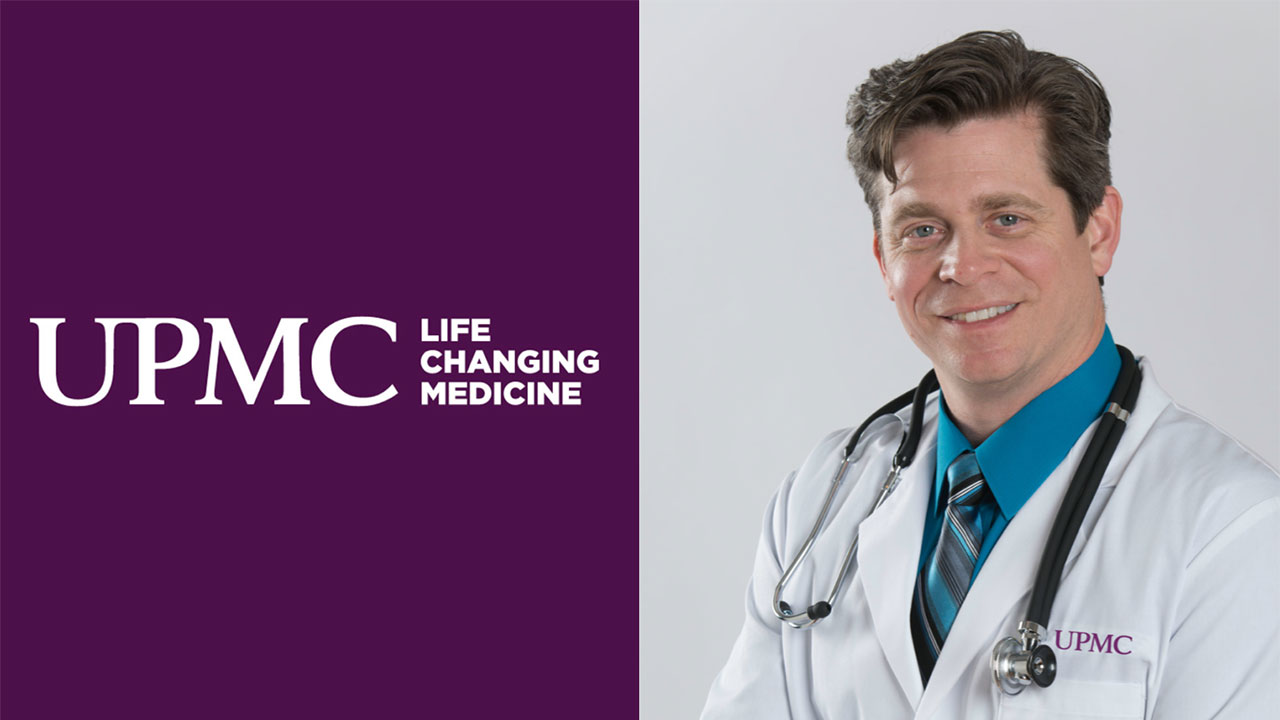Channels

Rotary

Rotary Conference

Laurel Health Centers

Penn Oak Realty

Movin Together

Bank On It

Dunhams Corner

By The Door

Questioning Life

Karschners Insurance

Ag Happenings

Back to Basics

Hornet Happenings

Live From The Hive

Momday Monday

Pennsylvania Politics

The Briefing

Weekly Highlights

Wellsboro Chamber

Heart Attack: Time is Muscle
Although hospitals are seeing fewer heart attack patients, that doesn’t mean heart attacks are on the decline. More concerning is that recent statistics suggest people aren’t calling 911, or they are delaying or avoiding critical care, which is not only dangerous, but possibly deadly. Heart disease is still one of the world’s leading causes of death and should not be taken lightly.
Time is Muscle
Delaying care can have devastating consequences to your health, as time is one of the biggest factors with treating and potentially overcoming the effects of cardiovascular emergencies. Your heart muscle needs oxygen to survive. A heart attack occurs when the blood flow that brings oxygen to the heart muscle is severely reduced or cut off completely. The amount of damage to the heart muscle depends on the size of the area supplied by the blocked artery and the time between injury and treatment. Heart muscle damaged by a heart attack heals by forming scar tissue.
The heart is a very tough organ. Even though a part of it may have been severely injured, the rest of the heart keeps working. But, because of the damage, your heart may be weakened, and unable to pump as much blood as usual. The degree of pumping function lost depends on the size and location of the scar tissue. Most heart attack survivors have some degree of coronary artery disease (CAD) and will have to make important lifestyle changes and possibly take medication to prevent a future heart attack.
Signs and Symptoms of a Heart Attack
Some heart attacks are sudden and intense. But most start slowly, with mild pain or discomfort. Pay attention to your body and call 911 if you experience:
- Pressure or pain in the center of the chest or abdomen that may radiate to the neck, arm, back or shoulder blades
- Tingling in either arm
- Severe shortness of breath and dizziness
- Severe nausea unlike any you’ve had before
Women and men experience symptoms of a heart attack differently. Women tend to report more subtle symptoms compared to the “chest-crushing” pain found in men. In addition to subtle chest pain, upper back pressure that feels like squeezing or a rope being tied around them, as well as difficulty breathing or shortness of breath, are also common in women.
Even when the signs are subtle, the consequences can be deadly, especially if treatment is delayed. Recognizing the signs and symptoms of a heart attack and seeking care quickly go a long way to potentially improving your outcome.
We’re Ready
Minutes matter. People with blocked arteries or clots causing heart attacks need care quickly. The difference between life and death can be measured in minutes. With so little time to work with, and the extra time needed to ensure coronavirus safety measures, calling 911 quickly is more important than ever.
Heart attack care starts as soon as you call 911. A heart attack can cause cardiac arrest during which the heart stops functioning. Cardiac arrest may be reversed if CPR is performed and a bystander can be instructed to do CPR through the phone until first responders arrive and can take over care. Effective CPR can help maintain blood flow through the body and improve the patient’s outcome.
First responders have training in advanced lifesaving skills and access to lifesaving tools designed to treat heart emergencies. While providing care in the field and in the ambulance, first responders are in direct contact with staff in the hospital’s emergency room, coordinating a seamless transition of care so the patient receives treatment as quickly as possible.
Don’t Delay Care
UPMC is prepared and ready to serve you. Our hospitals are safe and fully prepared to provide the essential care you need. A heart attack is an emergency, regardless of the current pandemic. If you or a loved one are experiencing heart attack symptoms, don’t delay treatment – call 911 immediately. It could mean the difference between life and death.
Michael Lazar, MD, is a cardiothoracic surgeon who serves as medical director of UPMC’s Heart and Vascular Institute in the Susquehanna region. Dr. Lazar is board certified in cardiothoracic surgery and is specially trained in many advanced techniques including robotic assisted heart and lung surgery. For more information on UPMC’s Heart & Vascular Institute in Williamsport, visit UPMCSusquehanna.org/Heart
Credits:
Writing: Michael Lazar, MD / Medical Director, Heart & Vascular Institute / UPMC
Home Page Sponsors: UPMC






































